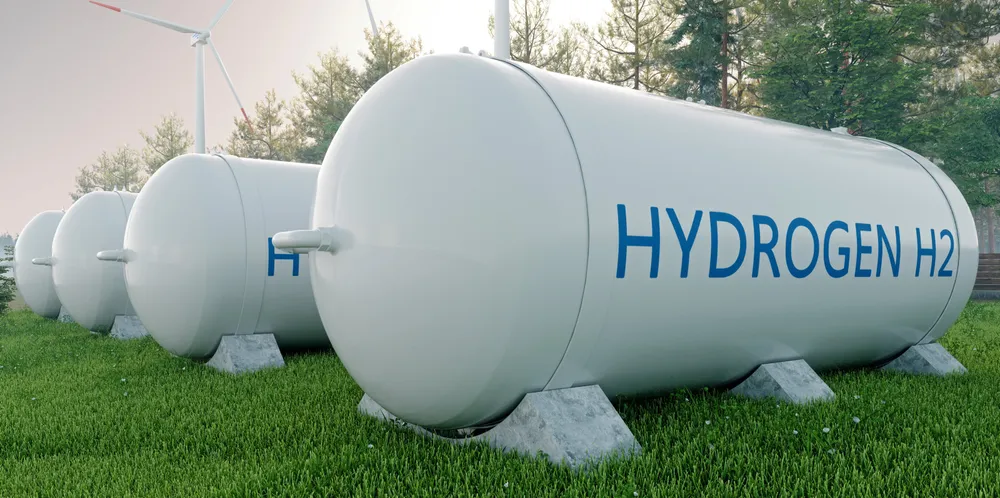Green/blue hydrogen projects require strong 'business case facilitators' to reach financial close, says analyst
Sizeable barriers exist in turning H2 vision into reality, including high prices, Westwood Global reports

Sizeable barriers exist in turning H2 vision into reality, including high prices, Westwood Global reports
